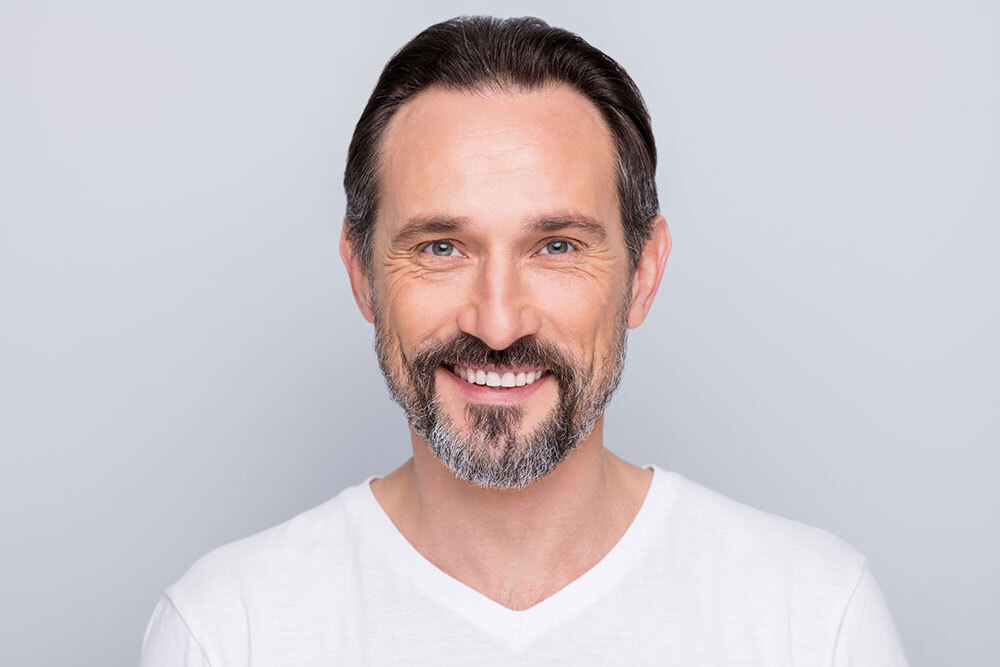As we grow older, everyone has a tendency to lose teeth, mostly because of a lack of proper brushing and flossing, as well as missing regular cleanings by a dental hygienist. She has special tools to remove the bacterial film that adheres to food particles which were not removed immediately. Over time, this turns into hardened tartar, which requires professional techniques to scrape off.
If cleaning is not done effectively, the periodontal infection of the gums causes them to gradually pull away from the tooth they hold in place. In addition, cavities can develop over time. There is no pain, but this process does cause bleeding when you brush. It is often too late to save the tooth by the time your hygienist or dentist does an examination and the tooth may need to be extracted.
As we grow older, everyone has a tendency to lose teeth, mostly because of a lack of proper brushing and flossing, as well as missing regular cleanings by a dental hygienist. She has special tools to remove the bacterial film that adheres to food particles which had not been removed immediately. Over time, this turns into hardened tartar, which requires professional techniques to scrape off.
If cleaning is not done effectively, the periodontal infection of the gums causes them to gradually pull away from the tooth they hold in place. There is no pain, but this process does cause bleeding when you brush. It is often too late to save the tooth by the time your hygienist or dentist does an examination and the tooth may need to be extracted.
Then a bigger problem than one lost tooth begins. The lack of stimulation of the tooth that was there by chewing, which keeps the bone underneath healthy, stops, causing the bone around the socket to be reabsorbed into the jaw. At the same time, the neighboring teeth lean towards the gap, becoming loose themselves. Without doing something to stop this misalignment, more teeth will fall out or need to be extracted.
Some 69% of American adults 35-44 have already lost at least one tooth, and 26% of those 74 or older have no more teeth. Speaking clearly and being able to chew well become much more difficult the more teeth are missing.
Fortunately, there is one thing that can both stop this process and restore a healthy bite: dental implants. The key to this miracle is a small screw made of biocompatible titanium that Dr. Ada painlessly inserts into the bone under the socket, which over several months integrates into the jaw. Once healed, it is attached to an artificial tooth that looks exactly like the one you lost and which will be matched to the shade of your remaining teeth. No one will know that you weren’t born with all those teeth when you flash a full smile.
If you have lost many teeth already, you might wonder why not just pull the rest and replace everything with a relatively inexpensive denture, like so many do. Unfortunately, while a normal denture might restore some ability to speak and chew, it does not stop bone loss, which is why it has to be adjusted to be refitted about every five years. However, it is possible to anchor a denture into the jaw with implants.
If you have many lost teeth, but do not want a denture, you can also consider having the artificial teeth placed on a platform that is anchored, which requires fewer single implants.
The first step in solving the challenges of missing teeth is to have a full dental exam, including a digital x-ray, which involves minimal radiation and will reveal the health of not only your teeth, but the underlying jawbone. In some cases where there is a lack, bone grafts can be made to allow dental implants to be placed.
Call today for an appointment to explore your best options to replace missing teeth.
Read More About Cosmetic and Restorative Dentistry Services:


